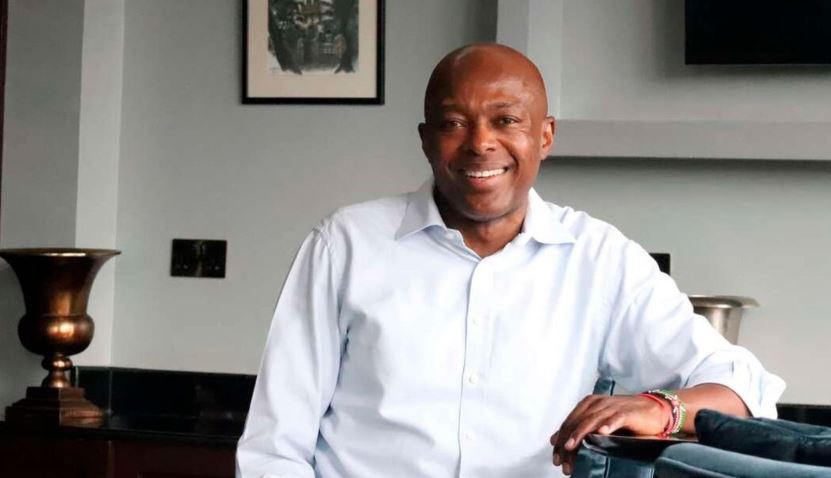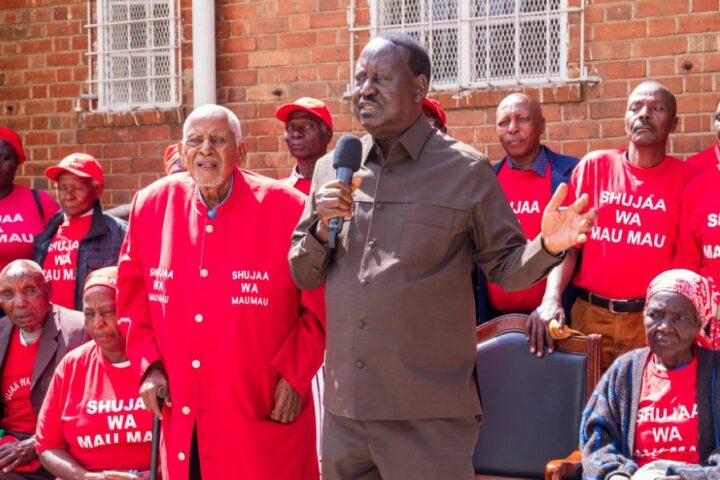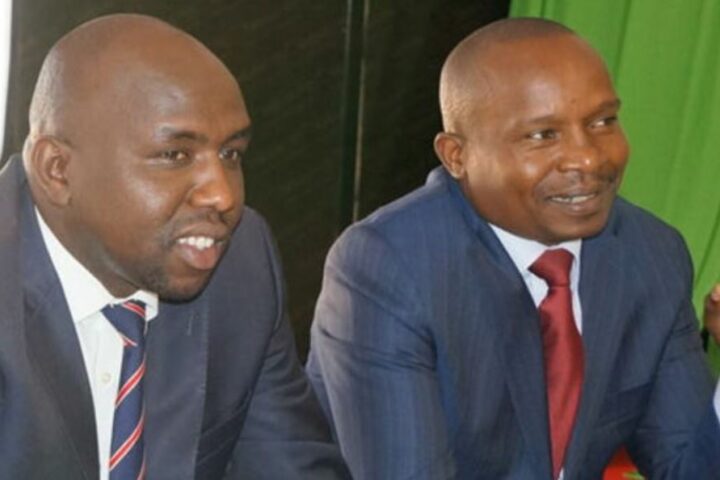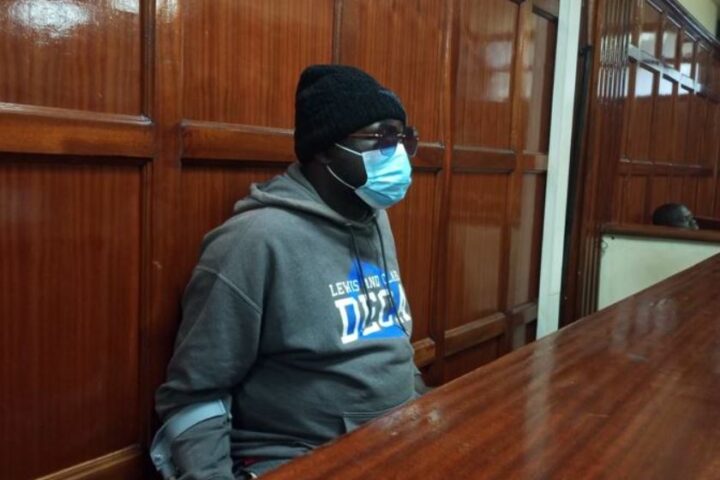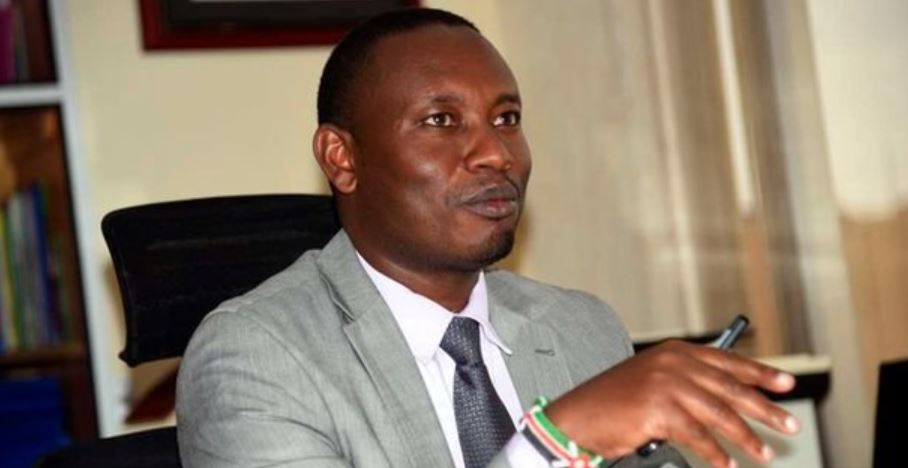 Uwezo Fund CEO Peter Lengapiani answers questions from the Kenyan ublic.
Uwezo Fund CEO Peter Lengapiani answers questions from the Kenyan ublic.
What do you think of the proposal that all affirmative action funds be merged? Fred Etyang’, Kitengela
The move by the National Treasury to introduce Public Finance Management (Biashara Kenya Fund) 2020, which is in line with the reforms as proposed by the Presidential Taskforce on Parastatals of 2013, which recommended the merger of affirmative action funds targeting special interest groups namely youth, women and persons with disabilities is welcome. The regulations establish one fund to: provide a one-stop shop for targeted groups looking for business loans from the government; improve effectiveness and eliminate duplication of efforts.
Uwezo Fund targets specifically the marginalised, minority and vulnerable Kenyans among them the youth, women, and persons with disabilities. How much money have you disbursed to them in the last five years? Dan Murugu, Nakuru City
The fund has disbursed Sh7.1 billion to 79,216 groups across the 290 constituencies. This has reached 50,794 (Sh4.7 billion) women groups, 26,401 (Sh2.2 billion) youth groups and 2,021 (Sh0.21 billion) groups of PWDs with a reach of over a million households.
Notable achievements of the fund are: Enhanced financial inclusion by reaching a segment of the population (at the bottom of the pyramid) who were otherwise excluded from accessing financial services; increased household income for over a million beneficiaries and creation of self-employment opportunities and trained over a million individuals on entrepreneurship management to enhance business survival, among others.
How much has been loaned out and how much have youths been able to refund to this kitty? Bashir Nuru
Cumulatively, the fund has disbursed Sh7.1 billion to groups of youth, women, and PWDs. To generate gainful self-employment for the youth, the fund has disbursed Sh2.2 billion to 26,321 groups, benefiting 335,212 members. The youth group’s repayment rate is at 30 per cent and is lower compared to women and PWDs. This is mainly attributed to spending priorities among the youth.
The Auditor-General in the latest report on the fund flagged expenditures that were above the market prices like buying a motor vehicle tyre at Sh47,000 when the market price is about Sh6,000, and generally gross mismanagement that could have seen Kenyans lose up to Sh4 billion. What is your response to these findings? Greg Wangai, Nairobi
The prices of the tyres were based on quotations by the suppliers and were within the prevailing market prices at that time. As guided by the Public Procurement and Asset Disposal Regulations, 2020, section 43(4), which provides that in making a procurement decision in relation to the market price index, the procurement entity shall take into consideration its own market survey prices or results. The Public Procurement Regulatory Authority (PPRA) market price index did not provide for the specific type of tyres that the fund required. The fund required tyres of high quality, durable, and of wider mileage coverage. It is against this backdrop that the fund carried out its own market survey as guided by the regulations. The procurement process was competitive and prices were not in any way inflated. The tyres acquired were from BF Goodrich and Bridgestone brands that withstand the terrain of the areas the fund’s activities cover.
The Sh4 billion is the outstanding loan amount by groups across the 290 constituencies and has no relationship with the prices of the tyres.
Reports indicate that the number of young people listed by the Credit Reference Bureau (CRB) is in millions. Has your organisation failed these young Kenyans? Komen Moris, Eldoret
Uwezo Fund targets the micro, small, and medium enterprises (MSMEs) that could not otherwise get credit from the commercial sector. The fund is in compliance with the Legal Notice No. 225 of November 5, 2021, by the Cabinet Secretary for the National Treasury on the recommendation of Central Bank on the suspension for a period of 12 months of the listing of negative credit information for borrowers. In the meantime, the fund has been undertaking various sensitisation programmes aimed at encouraging young Kenyans to take loans as well as enhance repayment. Further, the fund engages the beneficiaries so that they can agree on the repayment modalities in case there are challenges. For one to access Uwezo Fund loans, you do not require collateral and it is interest-free.
What are some of the challenges your fund has encountered? Komen Moris, Eldoret
The fund has facilitated self-employment through the establishment and expansion of more than 100,000 businesses across the 290 constituencies by the target groups. Additionally, repayment of 40 per cent of unsecured loans, paid out of goodwill speaks of a good working relationship between the fund and the beneficiaries
The outstanding challenges are: The ‘free money notion’ among the members of the public that the loans are grants and reduced budgetary allocations.
What is the ease of accessing this fund because many groups have complained of unnecessary bureaucracies? Linet Owino, Siaya
The fund has very clear criteria on how to access the loans as per the Public Finance Management (Uwezo Fund), Regulations, 2014. It is a constituency-based revolving fund and applicants require to fill in an application form picked from the office of the sub-county youth development officer or the fund account manager, National Government Constituency Development Fund. After filling, the form is dropped at the same office where it is serialised and vetted by the Constituency Uwezo Fund Management Committee. The constituency committee ensures that applications are received from all the wards in a constituency and all categories are considered.
Groups do not need personal or family connections to access Uwezo Fund. Anyone can have walk-in appointments in the constituency offices and apply as long as they are registered with the Department of Social Services, Cooperatives, or the Registrar of Societies. The membership should be aged between 18 and 35 whereas the women groups should be made up of members aged 18 years and above. The group should operate a table-banking structure or any other fund structure where members make monthly contributions (evidence of monthly contributions shall be required) and, that the group should hold a bank account in the name of the group.
The application form can also be downloaded from www.uwezo.go.ke and submit it together with the relevant documents to the Constituency Uwezo Fund Management committee offices at sub-county headquarters. After submission of the application, the group awaits notification from the committee within a timeframe of two weeks.
We have the Youth Enterprise Fund, the Women Enterprise Fund and Uwezo Fund, all targeting the same groups, that is women, the youth and the disabled. Isn’t this duplication? Why should the taxpayer continue to fund three different entities doing the same thing? Ndegwa Mwangi, Naivasha
The three funds have been set up with specific objectives and identified needs of the public. Uwezo Fund was established with the aim of economic empowerment of the marginalised (youth, women and PWDs). The fund provides start-up capital for the initiation of income-generating activities to groups that are at different levels and upon receipt of the maximum amount of Sh500,000, the fund recommends them to the other funds.
What measures have you instituted to bring the fund back to where it was pre-pandemic? Fred Ambani, Imara Daima
Covid-19 affected the disbursement since the groups could not hold their meetings and the constituency committees could not convene to vet and recommend identified groups to the board for approval. The businesses of the beneficiary groups were affected due to reduced activities that led to low repayment.
To fast-track its operations after the Covid-19 pandemic, the fund has eased the loaning guidelines and is providing top-up loans. This intervention witnessed increased disbursement aimed at cushioning women, youth, and PWD-owned enterprises against the adverse effects of the pandemic. A total of Sh664 million was disbursed during the crisis up from pre-Covid total of Sh429 million.
The impact on Uwezo Fund’s repayment has been mixed among the constituencies. Whereas there has been decelerated repayment in some constituencies, the overall repayment increased from 35.78 to 36.16 per cent.

